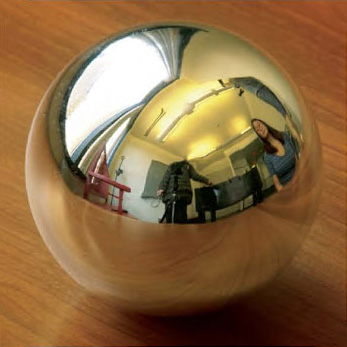Related Research Groups
There are numerous research groups in the School of Computing and at the University of Utah. This page lists only a few research groups that are related to computer graphics.
Scientific Computing and Imaging Institute
 The SCI Institute is an internationally recognized leader in visualization, scientific computing, and image analysis.
Its overarching research objective is to create new scientific computing techniques, tools, and systems that enable solutions
to problems affecting various aspects of human life.
The SCI Institute is an internationally recognized leader in visualization, scientific computing, and image analysis.
Its overarching research objective is to create new scientific computing techniques, tools, and systems that enable solutions
to problems affecting various aspects of human life.
Hardware Ray Tracing Group
 The HWRT group is lead by professors Erik Brunvand and Cem Yuksel, researching novel GPU designs for accelerating ray tracing.
Unlike the z-buffer rasterization algorithm used by virtually all commercial GPUs, ray tracing provides superior image quality,
making it the algorithm of choice in visual effect and feature animation industries.
The goal of this group is to discover new ways of structuring the ray tracing algorithm and design novel hardware models
that would permit high-quality and high-performance ray tracing with low-energy use.
The HWRT group is lead by professors Erik Brunvand and Cem Yuksel, researching novel GPU designs for accelerating ray tracing.
Unlike the z-buffer rasterization algorithm used by virtually all commercial GPUs, ray tracing provides superior image quality,
making it the algorithm of choice in visual effect and feature animation industries.
The goal of this group is to discover new ways of structuring the ray tracing algorithm and design novel hardware models
that would permit high-quality and high-performance ray tracing with low-energy use.
Geometric Design and Computation
 The Geometric Design and Computation group is engaged in both fundamental and applied research in developing methods for representing, specifying, manipulating, and visualizing geometric models. The group has projects ranging from early conceptual design methods to innovative manufacturing processes and from detail modeling applications to large-scale assembly systems. Supporting these applications is fundamental work on surface and model representation, computational geometry, topology, differential geometry, and numerical methods.
The Geometric Design and Computation group is engaged in both fundamental and applied research in developing methods for representing, specifying, manipulating, and visualizing geometric models. The group has projects ranging from early conceptual design methods to innovative manufacturing processes and from detail modeling applications to large-scale assembly systems. Supporting these applications is fundamental work on surface and model representation, computational geometry, topology, differential geometry, and numerical methods.
Visual Perception and Spatial Cognition
 The Geometric Design and Computation group is engaged in both fundamental and applied research in developing methods for representing, specifying, manipulating, and visualizing geometric models. The group has projects ranging from early conceptual design methods to innovative manufacturing processes and from detail modeling applications to large-scale assembly systems. Supporting these applications is fundamental work on surface and model representation, computational geometry, topology, differential geometry, and numerical methods.
The Geometric Design and Computation group is engaged in both fundamental and applied research in developing methods for representing, specifying, manipulating, and visualizing geometric models. The group has projects ranging from early conceptual design methods to innovative manufacturing processes and from detail modeling applications to large-scale assembly systems. Supporting these applications is fundamental work on surface and model representation, computational geometry, topology, differential geometry, and numerical methods.